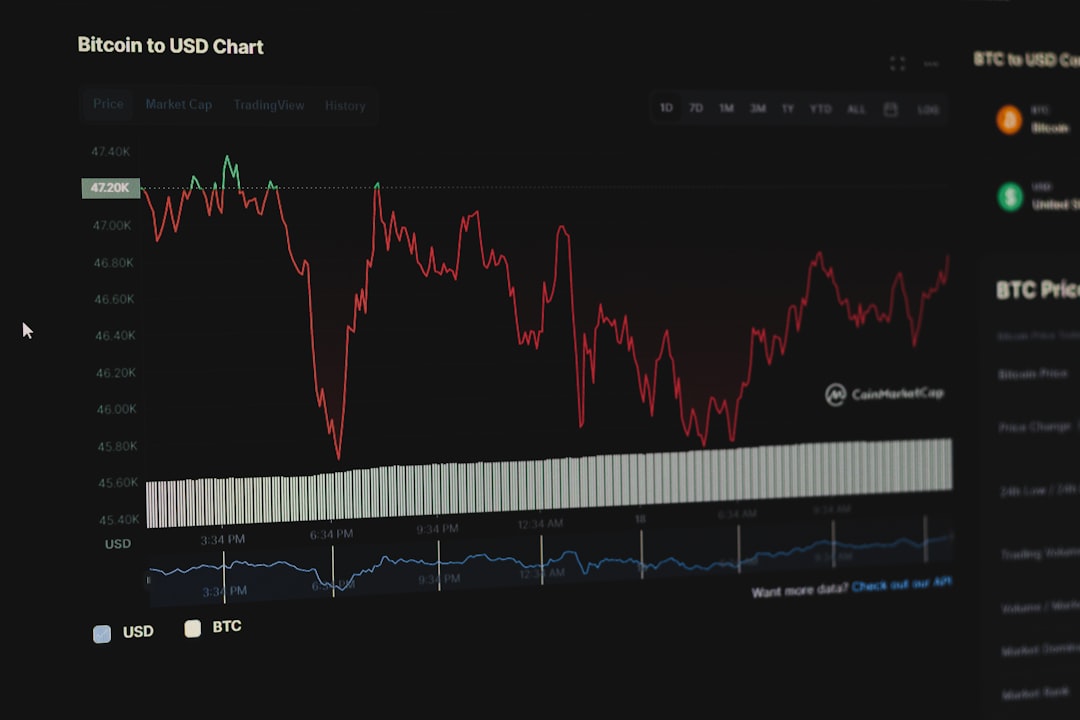Have you ever searched for something on Google, clicked a link, only to come back later and find that the link has vanished from the search results? Then, strangely enough, a few days later it reappears — sometimes higher in the rankings, sometimes lower. This puzzling game of hide-and-seek that Google links play is not just frustrating but also raises a lot of curiosity. What’s going on behind the scenes? Why do some links disappear and pop back up as if they’re performing a magic trick?
Let’s pull back the curtain and explore what could be causing this strange behavior in Google’s search results. Whether you’re a casual user, a digital marketer, or an SEO enthusiast, understanding these fluctuations can shed light on the elusive nature of Google’s algorithms.
The Dynamic Nature of Google’s Search Index
To understand why links disappear and reappear on Google, you need to first grasp how Google’s search engine works. Google doesn’t search the live web when you type a query. Instead, it searches a massive index of the web. This index is constantly being updated based on what Googlebot — Google’s web crawler — finds as it browses billions of pages.
The index itself is dynamic and always in flux. Pages might be added, removed, or modified at any time based on:
- Content Updates — Pages can be de-prioritized or removed temporarily if they change significantly or are seen as lower quality.
- Crawling Frequency — If Googlebot hasn’t visited a site in a while, out-of-date pages might temporarily be dropped.
- Technical Issues — Server downtime or non-functional pages can cause a drop in visibility.
These constant changes can cause some links to slip in and out of visibility within Google’s search results, giving the impression that they’ve “disappeared” or suddenly “reappeared.”
Google Algorithm Updates and Testing
Another major factor contributing to the vanishing and reappearing act of Google links is the continuous evolution of Google’s ranking algorithms. Google makes hundreds of updates to its algorithm each year — some minor, some major.
When Google rolls out a new ranking signal or starts testing a new version of its algorithm, it temporarily reshuffles rankings. This might cause certain links to vanish from a page 1 ranking to page 5 or complete disappearance. A few days or weeks later, they might come back — higher, lower, or in the same spot.
Testing is also a major reason for link fluctuations. Google constantly tries to optimize user experience, which involves running real-world A/B tests on its search result layouts and content relevance. During these tests:
- Some users might see a different order of results than others.
- Entire sets of links may be temporarily replaced to observe user interactions.
- Google may test different snippets or URLs to see which results get higher engagement.

Duplicates, Canonicals, and Indexing Confusion
Sometimes, a link might disappear from Google not because it’s gone or unworthy, but because Google identifies it as duplicate or near-duplicate content. If multiple pages have content that is too similar, Google’s algorithm often has to decide which one is the “main” version — and the others may be suppressed as secondary.
This is where canonical tags come into play. These tags inform search engines which version of a page should be considered the original. However, if there’s a mismatch or no canonical tag at all, Google may choose one arbitrarily, sometimes even hiding the one you want users to see.
Here’s what typically causes indexing confusion:
- Incorrect or missing canonical tags.
- Redirect loops or broken redirect chains.
- Use of “noindex” meta tags by mistake.
Cleaning up technical SEO issues is one of the best ways to prevent your content from disappearing unexpectedly.
Content Quality Signals
Google values relevance, quality, and user satisfaction. If your linked page suddenly drops in quality (due to outdated info, excessive ads, broken links, etc.), it may be temporarily deranked or removed. Once improvements are detected by Googlebot — a process that could take days or weeks — the link may reappear in the search results.
You can improve your chances of avoiding fluctuation by focusing on:
- Regular content updates to keep pages relevant and up-to-date.
- Reducing intrusive interstitials and unnecessary pop-ups.
- Speeding up page load time and improving mobile experience.
Google also considers bounce rate, dwell time, and other user engagement metrics. If your content is informative and well-structured, it’s more likely to maintain visibility — and be reindexed favorably if it ever drops out.
Manual Actions or Penalties
Occasionally, links disappear due to manual actions from Google. These are intentional penalties issued when your site violates Google’s Webmaster Guidelines. Common reasons include:
- Buying or selling links.
- Keyword stuffing or cloaking.
- Hosting malicious or deceptive content.
If your site earns a manual penalty, specific URLs may vanish from Google’s index, sometimes permanently unless addressed. Once the issues are corrected and a reconsideration request is submitted, the URLs may reappear.

Server Errors and Downtime
Sometimes, the issue has nothing to do with content or algorithms. Hosting providers with inconsistent uptime, misconfigured DNS settings, or firewall issues can block Googlebot from crawling your website effectively. When this happens, Google may deem a page “temporarily unreachable” and deindex it until it can access a functional version.
Avoid vanishing links due to technical issues by:
- Using reliable hosting providers with strong uptime guarantees.
- Monitoring server logs for crawl errors.
- Running regular SEO audits and using tools like Google Search Console.
Conclusion: Don’t Panic When Links Vanish
If you’ve experienced the mysterious disappearing act of a Google link, you’re definitely not alone. While it can be frustrating — especially for SEO professionals and business owners — remember that these changes are often temporary and part of a larger, dynamic process.
Here are a few key takeaways:
- Google’s index is always changing due to crawling, testing, and algorithm shifts.
- Links may “disappear” temporarily but return once the site meets better quality or technical standards.
- Staying on top of SEO best practices can help minimize sudden visibility drops.
By understanding the underlying causes and preparing for them in advance, you can ride the waves of Google’s ever-shifting search landscape — and keep your content shining in the spotlight more consistently.



